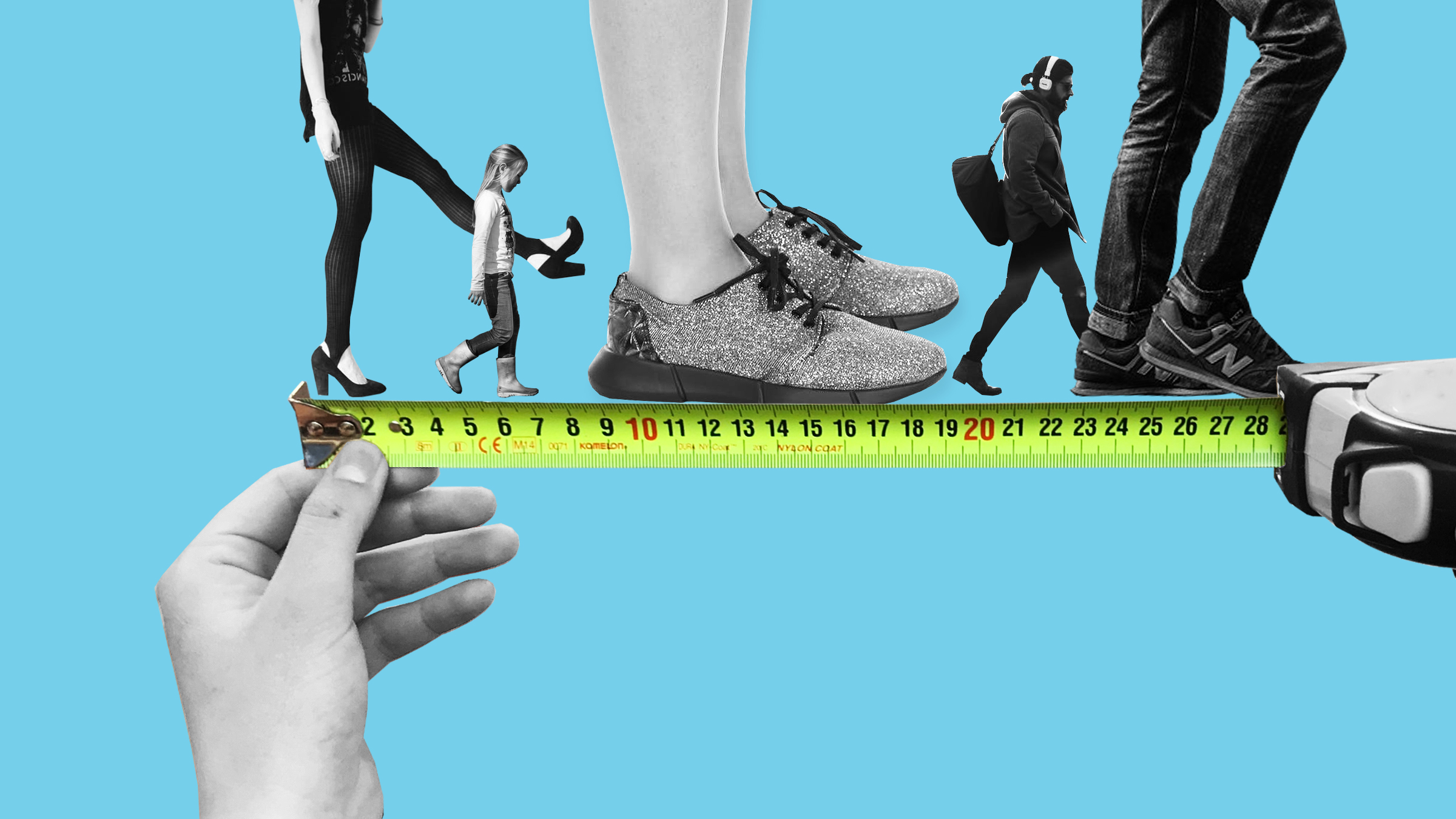According to current understanding, the calculator, developed by the Hiilifiksu järjestö (“Carbon smart”) project, is the first of its kind specifically made for NGOs. Consumers can calculate their carbon footprint using, for example, Sitra’s Lifestyle Test, and investors and businesses can monitor the carbon footprint of Nasdaq Helsinki-listed firms, which was determined by Sitra.
The project for developing a calculator for NGOs has been led by long-term climate change expert, Professor Markku Kanninen, who took part in writing the special report published by the Intergovernmental Panel on Climate Change (IPCC) in October.
The Paris Agreement and the sustainable development goals of the UN’s 2030 Agenda require immediate and concrete climate action by everyone. In Finland, there are over 100,000 registered associations that together form an extensive field of action, but the third sector’s potential to promote climate responsibility has yet to be sufficiently recognised.
“We have compiled the best scientific information on climate emissions and shaped it into an easy-to-use calculator. Hopefully this will encourage all organisations to adopt low-emission strategies so that climate action becomes an integral part of their activities,” Professor Kanninen says.
According to Markus Terho, Project Director for Sitra’s Resource-wise citizen project, before the Hiilifiksu järjestö project, few NGOs in Finland had calculated their carbon footprint: “It has been a pleasure to see the NGOs recognise the importance of the calculator and to use it. The pioneering NGOs that have already calculated their effect on the climate can set an example of how to mitigate climate change and encourage decision-makers to adopt a more ambitious climate policy.”
The new calculator will provide NGOs with a clearer view of the sources and scale of their emissions. NGOs’ carbon footprints typically come from the energy consumption of their premises, travel, procurement, services and the organisation of events.
Carbon footprint calculations to be a part of NGO reports
NGOs play a central role as catalysts for societal change. At some point in their lives, 75% of Finns are members of an NGO. They play a key role in the search for ways to make Finnish society carbon neutral.
“We felt that the calculator was useful, and we are also planning to calculate our carbon footprint in the future, after completing the annual financial statement. This way, we will gain an understanding of what decisions and changes in our operations affect our carbon footprint,” says STTK’s (Finnish Confederation of Salaried Employees) Taina Vallander, Acting Director, Public Advocacy Work.
STTK was among the first NGOs to test the new calculator, and it has made a procedural commitment to monitor its carbon footprint on a yearly basis. The Hiilifiksu järjestö project encourages all NGOs to do the same.
“Although it has been on our agenda to have an impact on sustainable development, we have not collected data on our own operations early enough,” Vallander says. “This was an excellent way to make our partners aware of the figures required from a carbon-smart organisation in the future. Only comparable information can provide a genuine opportunity to assess one’s own actions and seek low-carbon options.”
Other NGOs that have calculated their carbon footprint are also calling for comparable information.
“Different parties’ assessments of the carbon footprint of flying vary greatly, and airlines need a standardised way to calculate emissions,” says Anu Juvonen, Executive Director of Political Parties of Finland for Democracy (Demo Finland), who also tested the calculator. “Voluntary organisations and individual consumers do not necessarily have time to search for information on the carbon footprint of different services and products, and consumers should not have to carry too much of this burden.”
A large part of Demo Finland’s carbon footprint comes from air travel, which has made it consider low-emission alternatives, such as video meetings, travelling by train instead of flying and compensating for flight emissions.
“Funders could well require that NGOs report on their carbon footprint and take the verification of climate impact seriously. NGOs now have an opportunity to face up to their climate responsibility, and everyone should take part,” Juvonen says.
And according to Sitra’s Markus Terho: “We need the sense of community created by NGOs and positive ways to take part in climate action at home, at work and in our leisure time. Inspiring examples will hopefully make a larger crowd participate in climate work together.”
The new carbon footprint calculator tailored for businesses can be downloaded from the website of the Hiilifiksu järjestö project (in Finnish).
NGOs that tested the calculator will explain how carbon footprint calculations can help the third sector move towards climate responsibility at an event organised for the launch of the Hiilifiksu järjestö project’s results on Wednesday 14 November from 9.15 to 11.30 a.m. The participants include University of Helsinki Vice-Rector Tom Böhling, Deputy Mayor of the City of Helsinki Sanna Vesikansa, Professor Markku Kanninen and carbon-smart NGOs.
Additional information
- Project co-ordinator Anna Jaurimaa, the University of Helsinki, tel. +358 50 556 0437, anna.jaurimaa@helsinki.fi
- Specialist Saara Rimon, Sitra, tel. +358 50 502 7881, saara.rimon@sitra.fi
- Sanna Autere, Specialist, Communications, Sitra, tel. +358 50 331 7510, sanna.autere@sitra.fi

















Recommended
Have some more.